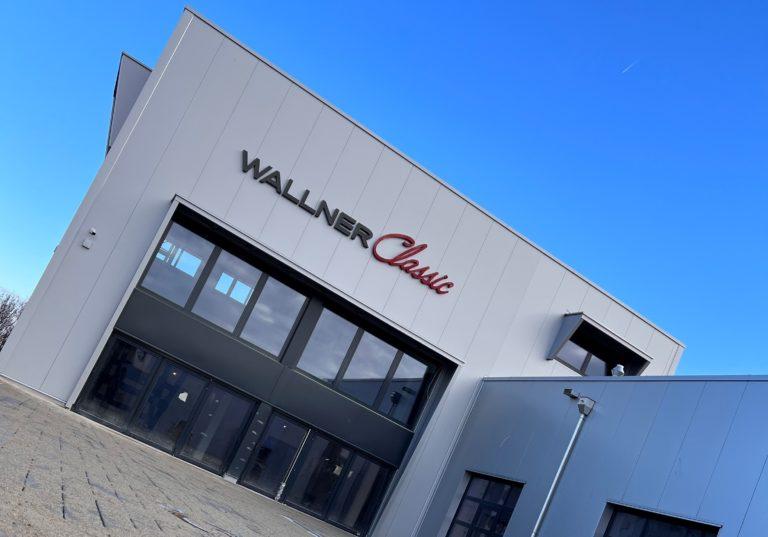No products in the cart.
SUSTAINABILITY
We designed WALLNERWERK to be as sustainable as possible. Besides green roofs, an eco-park for native species and more, we are particularly proud of our state-of-the-art ice storage system.
ENERGY ICE STORAGE

We’re just as enthusiastic about our ice storage facility as we are about our vehicles. We’re aiming to set a benchmark for sustainable business practices with this initiative. Behind our building, an ice energy storage facility measuring approx. 9.5m x 4m is built into the ground. With this modern energy supply, we are able to generate all the energy we need to run WALLNERWERK.
MORE INFORMATION"It was important to us to have an energy-self-sufficient building. The ice storage system has helped us to achieve this goal."
- Rouven Genz
SERVUS TV VISITS WALLNERWERK
At the end of 2021, a team from Servus TV visited us to find out more about our ice storage system and filmed a feature on the subject for the programme P.M. Wissen.
Um das Video abzuspielen, wird Youtube eingebunden.
Zu der Datenschutzerklärung von Youtube
How does the ice energy storage system work?
The ice energy storage tank contains approx. 237,000 litres of water. There are also about 1,900 m of pipes in the heat exchanger system. A mixture of water and antifreeze runs through these plastic pipes.
This mixture extracts the heat from the water and transports it to a heat pump located in our basement, where the water-antifreeze mixture meets a refrigerant, which generates heat and evaporates the mixture.
The heat pump then compresses the now gaseous mixture, heating it to 70 degrees Celsius. The resulting steam transfers the heat to a heating circuit in the building - in our case, the underfloor heating.
During this process, the water in the ice storage system continues to cool, with the movement of the water molecules being reduced further and further as it does so.
The ice energy storage tank contains approx. 237,000 litres of water. There are also about 1,900 m of pipes in the heat exchanger system. A mixture of water and antifreeze runs through these plastic pipes.
This mixture extracts the heat from the water and transports it to a heat pump located in our basement, where the water-antifreeze mixture meets a refrigerant, which generates heat and evaporates the mixture.
The heat pump then compresses the now gaseous mixture, heating it to 70 degrees Celsius. The resulting steam transfers the heat to a heating circuit in the building - in our case, the underfloor heating.
During this process, the water in the ice storage system continues to cool, with the movement of the water molecules being reduced further and further as it does so.
When the molecules solidify into ice, their kinetic energy is once again significantly reduced and is then released as heat. This process during freezing is called "heat of crystallization".
Nevertheless, electricity is needed to regulate the freezing process and we generate this via solar panels. A control system ensures that only as much heat energy is released as we need for heating and prevents the water in the ice energy store from freezing too quickly. At the end of the winter, the water in the storage tank is then completely frozen.
In summer, the function of the pump is simply reversed. The water remains frozen until summer. The pump extracts cold from the thawing ice and directs it into our building through the pipes. The ice storage energy system is therefore usable all year round.